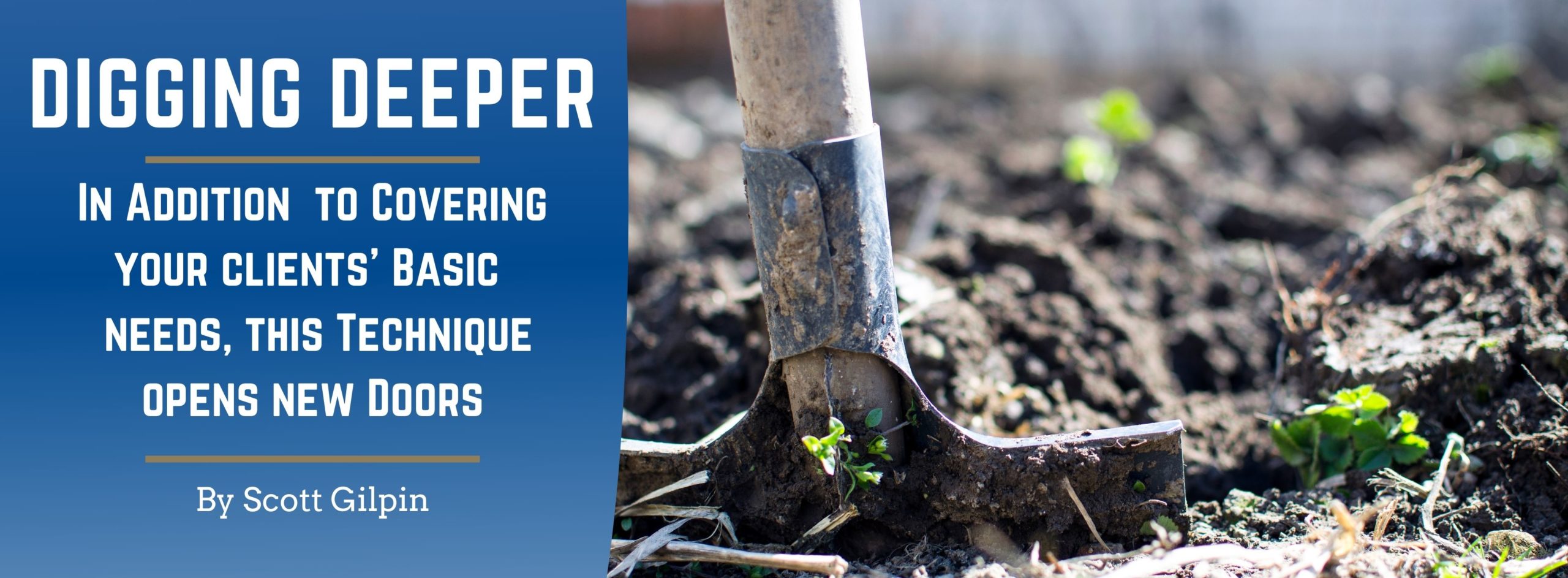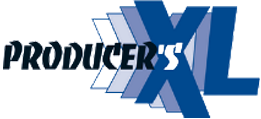
March 16th, 2021
Although I wear many hats here at Producer’s XL, a large part of what I do on a daily basis is talk about cases and run illustrations. I would say that the majority of quotes that I run for an agent are coming from an email that the agent sends me. Although this is completely acceptable, it does not usually give me much more information than just the specifics of what the agent and/or client want to see. To be honest, sometimes there is not much more to talk about when a young person just needs a $250,000 term quote, but there are many situations where we can dig a little deeper to uncover an additional need. This could be quoting a different product, looking at a higher face amount, or adding a rider.

Scott Gilpin
Life Marketing Manager
800.541.6705
Sometimes we take for granted the things we know about life insurance and assume our client already knows exactly what they want or need. Of course, we know that is often not the case. They need our help and guidance in advising the different options that are available. If you have ever talked to me, you know that I am a big believer in digging deeper and asking more questions so that we can uncover the client’s true needs.
"This is not about trying “up-sell”, it is about finding the right solution for your client."
When I get to talk to an agent about their case on the phone, it gives me the ability to ask some additional questions. Sometimes those conversations go in a different direction from where they started, and we end
up giving the client a couple of different options to consider. I believe that most people appreciate options, especially when they realize that those options were tailored to fit their specific needs. Even if you did not initially talk to the client about a different product or rider in the original conversation, it is completely acceptable to bring them those additional options when you get back to them. This is where you have probably heard me say,
“In addition to…”
I want to share a very simple and realistic example of where we can say, in addition to. You have a 45-year-old male client that is asking you $250,000 of life insurance. In your original conversation, you determine that he is in Preferred health and he is a non-smoker. He originally asked for a term quote, but after speaking with him about the purpose of the coverage, you realize that his needs are more suited for a permanent product because he is worried about his spouse if he were to outlive the term insurance. The first thing we look at in this case is a simple guaranteed universal life. * This is a great product for him because we can guarantee the death benefit beyond life expectancy, and we can keep the cost down because these products are not designed for cash accumulation growth. The approximate cost on this scenario would be $2,064 annual premium. We could just send him this illustration and hope he likes it.
Rather than stopping at the GUL illustration
let us consider another product that we can provide a death benefit beyond life expectancy but can also provide some cash value growth. In this scenario, we run an indexed universal life. For the same $250,000 death benefit and the same guarantees, this annual premium is approximately $2,252. This is only $188 more per year than the GUL, but this option has some cash accumulation potential. The non-guaranteed cash value at age 75 in this illustration is approximately $97,000. Would your client be willing to pay $188 more per year in premium for the potential of that cash accumulation? The only way to find out is to show him this option.
Now let’s take it a step further
and show him an option that many clients are not aware is available on a life insurance policy, a chronic illness rider.
Since we have already determined that the cost difference between the GUL and the IUL are very slim, we are going to illustrate both of these products again and we are going to add the chronic illness rider to both. The GUL with the rider is approximately $2,400 annual premium. The Indexed UL is approximately $2,590 annual premium. For clarification in this example, a chronic illness rider can provide a monthly benefit to the insured if they become chronically ill. It essentially accelerates the death benefit to the insured on a dollar-for-dollar basis. I used a 4% rider, which equates to a $10,000 monthly benefit. Now the client has the death benefit protection if they were to pass away, but they also have a $250,000 pool of money that can be used as a living benefit if they become chronically ill. In this example, the cost difference is only $190 per year, and you have the same situation where the IUL has the cash accumulation potential, approximately $116,000 of value at age 75 on the non-guaranteed side.
For just a few extra minutes of running illustrations, you now have some interesting options to show the client. You have listened to his needs and you have provided him with some tailored options that he can seriously consider. You have heard me say this many times, but your client will never go with an option that you do not show them. That is not to say we should show every client every single product and rider that is available, but showing a couple of different options and discussing some riders is just doing your due diligence to your client.
If you have any questions about these options, or the specifics of a chronic illness rider and how it works, I would love the opportunity to speak with you. Please give me a call to discuss your next case. As always, thank you for your business.
*The guarantees in a GUL are dependent on the client making their premium payments as scheduled, and on time, and no cash is taken out of the policy.


